What is fair trade and why is it important?
A few weeks ago, I offered a free webinar called Fair trade 101: what is fair trade and why is it important? At that point, I realized that there were tons of questions out there around what fair trade is and why it matters. Since not everyone could make it to the webinar, I thought making a post would be a great way to continue educating about fair trade.
So here we have it: a post that has similar content to my webinar! If you have other questions, please don’t hesitate to ask in the comments!
Why does fair trade exist?
Perhaps a better question is why isn’t all trade fair? The reasons it exists are basically the definition of fair trade.
A case study: Rana Plaza (2013)
In 2013, in what is commonly known as the Rana Plaza disaster, a multi-storied building collapsed in Dhaka, Bangladesh. This building housed several garment factories, which were full of workers at the time of this devastating event. 1,134 of these garment workers lost their lives in the collapse. About 2,500 others were injured.
A blameless accident?
There is important information that you need to know about the time leading up to the building’s collapse.
First, the building was originally designed as a retail space, not a factory. This matters because factories involve heavy machinery that cause strong vibrations, and the structure of the building needs to be stronger.
Second, the top 4 floors of the building, where the garment factories were located, had been constructed without a permit. This means the owners didn’t even clear any safety requirements or potential legal obligations with officials.
Third, the owners of the building were told the previous day that there were cracks in the structure and it wasn’t safe. Rather than closing up shop and making sure the building was safe before people entered again, they ignored the warning and continued business as usual.
Fourth, when factory workers expressed concern about the safety of returning to work, the factory managers informed them that if they didn’t go into work that day, they would lose a full month’s pay. Afraid to lose what little income they were making, over 3,000 workers returned to the building on the day of the collapse, knowing it wasn’t safe but feeling they had no choice.
Now, I called this the Rana Plaza disaster, and that’s because that’s what a lot of people have termed the incident. Calling something a disaster is not at all politically charged. It’s pretty neutral, really. And in a very general sense, I suppose the word is appropriate.
But calling it a disaster almost makes it sound like an act of god or accident. This was no accident. It was blatantly negligent, and over a thousand people lost their lives as a result. This was not a blameless tragedy; unbridled capitalism that pushes us to do unsafe things for profit can literally kill people.
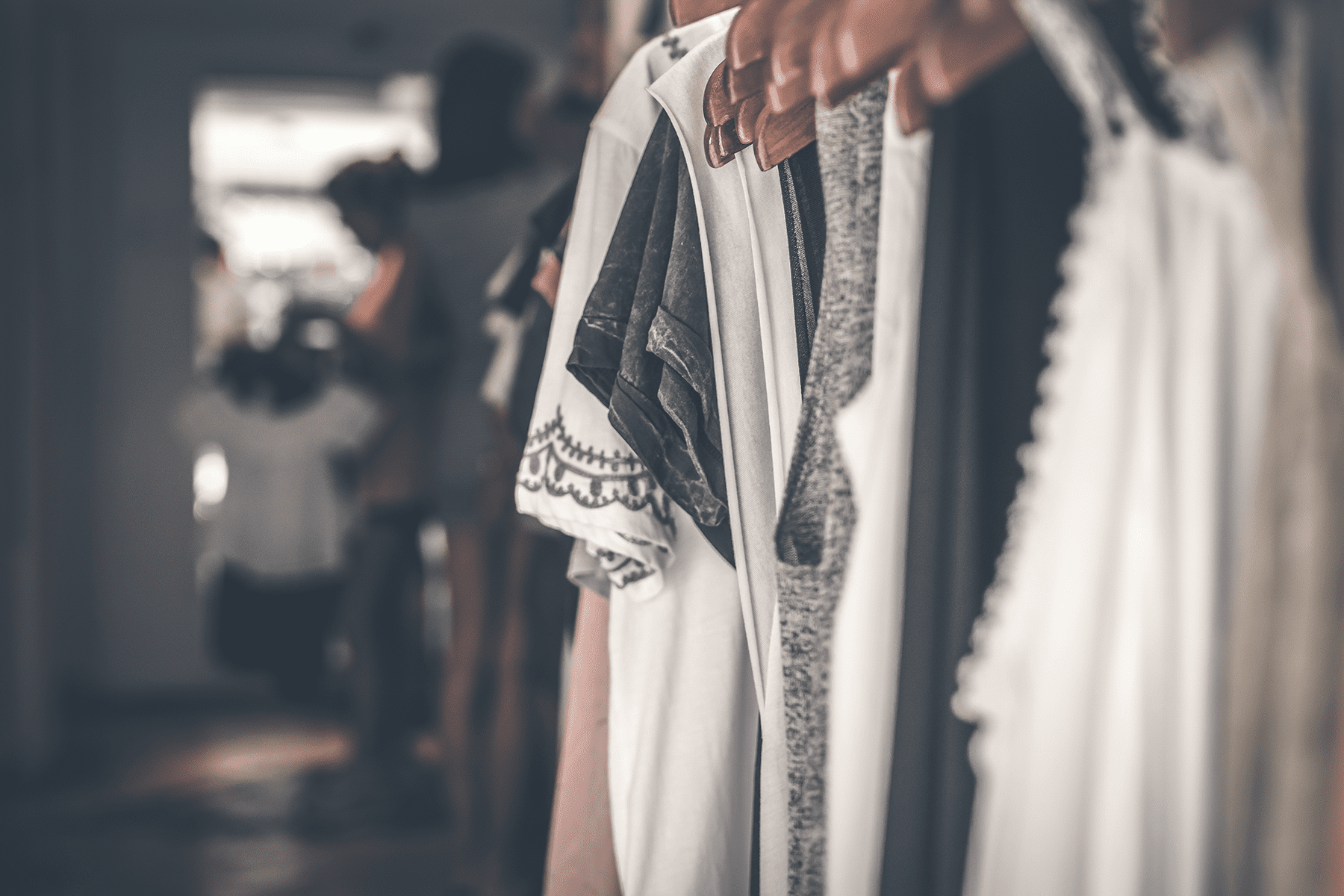
Is this the problem of developing countries?
The Rana Plaza collapse happened in Dhaka, Bangladesh on April 24, 2013. That’s less than a decade ago. We’re not talking about an archaic society that doesn’t know how to build strong structures or a culture that is totally untouched by globalism. To act like this is a Bangladesh problem is at best naïve and at worst malicious.
When we talk about developing countries (as Bangladesh is), they tend to be synonymous with poor working conditions and indeed, an overall higher rate of extreme poverty than wealthier countries like Canada. It may follow logically that poor places need to cut corners to provide for their own people that live in poverty.
However, the Rana Plaza factories were not serving the most impoverished of the people in Bangladesh. They were making garments for international brands like Joe Fresh and Walmart, which are subsequently sold in Canada (among other wealthy countries). The garment workers in Bangladesh took on the risk—and ultimately died as a result—of producing literal tons of clothing that they would never even have a chance to benefit from.
What’s more, the factory managers are made complicit because there is so much pressure from large companies to meet quotas. They are expected to produce more and more in less and less time. It was the factory managers that told the workers to go back to Rana Plaza that day, but to pretend that they weren’t expected to do so by their powerful American bosses would be naïve.
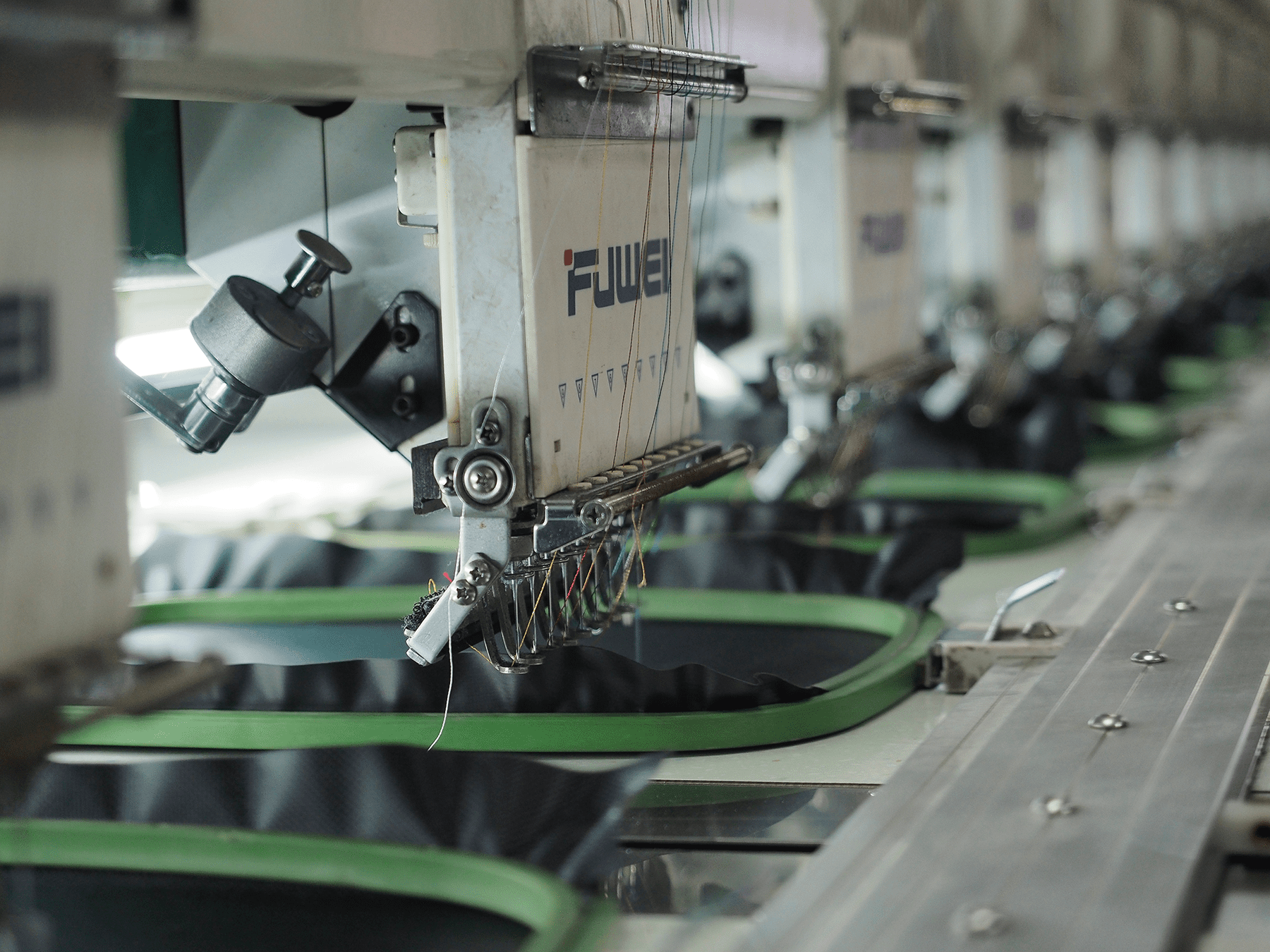
Ethical consumerism vs economic bullying
This whole thing begs the question: why are our goods being made halfway across the world?
In some cases, like hot-weather crops (coffee, bananas, and so on), it makes sense. Canada can’t grow cocoa beans or mangoes, so if we want to consume them, we need someone in a hotter place to produce them for us. But clothing? As evidenced by lots of Canadian-made clothing on the market, looms and sewing machines work just as well in wealthy countries. So why outsource?
The short answer: money.
There are two ways that outsourcing is so effective in saving companies money. First, money is power and the wealthier a country is, the easier it is for it to pressure poorer countries into cutting corners and making sacrifices. After all, if you’re negotiating with someone who’s making less than a dollar a day, offering them a dollar a day sounds like a great deal, even if you make $10,000 a day. And second, moving production far away keeps it out of sight and out of mind for consumers. Unless a consumer is really dedicated about researching every little thing they buy, they will never know how their products were made. No company is forced to disclose Made in a sweatshop or Grown using child labour on their products. (Though it’d be great if we could make that a thing. Why should only good practices be on labels?)
Ethical alternatives
Step one of a solution is for us, as consumers, to stop demanding cheap goods.
The truth is, there is a certain cost to produce the products we buy, and whether we actually pay that or someone far away pays for it with their free labour (and in some cases injury or death), it’s going to be paid. We need to make sure we recognize what our belongings are worth and treat them as valuable investments, rather than participating in fast fashion, consumer culture and food fads that are environmentally and socially unsustainable.
We can do this by consuming less overall. Buy only what you absolutely need. The first of the 3 Rs is reduce, after all! Do we really need to buy matching jars for our dry goods? Couldn’t we use those glass jars from our jam and spaghetti sauce that we’ve been recycling instead? Is there a way to reuse something we’ve already got so that we can reduce what we have to buy?
We can re-use other people’s items as well. Thrift shopping is a great way to avoid buying new materials that have a larger social and environmental cost to them. There is already so much in thrift stores that could be used again that it’s a great way to reduce our carbon footprint.
We can also look for long-lasting products and really understand their worth by using them over and over. Instead of following fashion fads, why not build a simple wardrobe of clothing that will serve you for years to come? When they wear out, there’s nothing wrong with repurposing them and replacing them, but giving away our wardrobe just to buy another one every season is the opposite of sustainability. Fair trade products are higher-quality and made to last. And it doesn’t end there; ethical consumerism includes a plethora of other movements. For instance, why not switch to zero waste products (or plastic-free items) to reduce the waste in our landfills and plastic in our oceans? Why not choose vegan products more often to lighten your carbon footprint?

So what is fair trade?
Now that we’ve talked about why fair trade needs to exist, let’s talk about what it actually is.
While conventional trade has come to value profit above all else (including over people), fair trade tries to flip that model.
Fair trade has a triple bottom line: People, planet, profit.
Fair trade combats the kinds of workers’ rights violations that were happening at Rana Plaza under pressure from large corporations. And it’s not just in the garment industry we see these atrocities. As of 2018, it was estimated that over 800,000 children were working on cocoa farms in Côte d’Ivoire, the world’s largest producer of cocoa beans. This is the Rana Plaza of the chocolate industry.
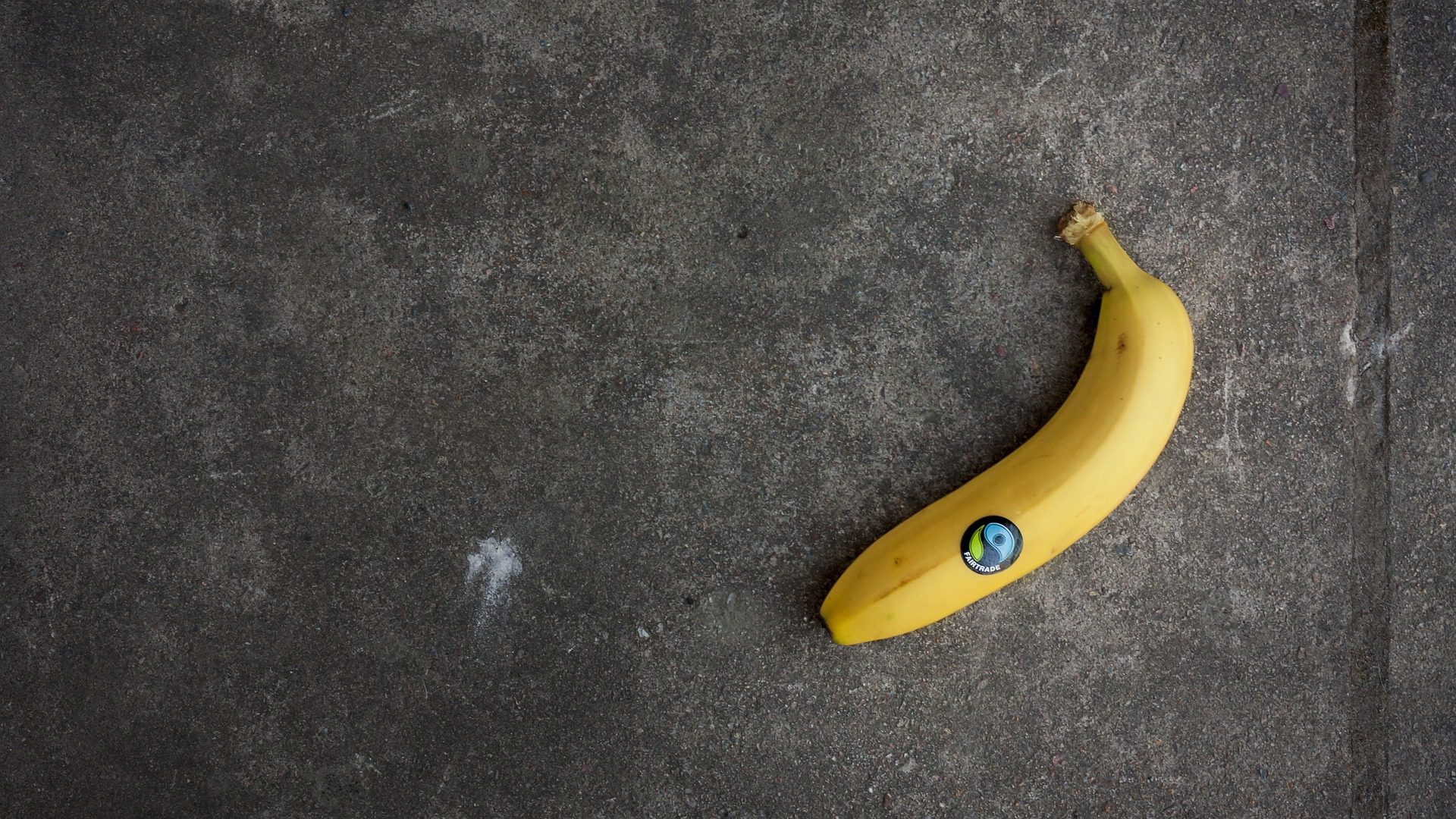
What are the standards?
Because several different organizations will oversee fair trade designation, and because every product (especially crops) has different needs, there’s no one-size-fits-all standard. However, the principles of fair trade guide the specific standards that certifiers like Fairtrade International establish for the many products they oversee.
The World Fair Trade Organization wrote down these 10 principles some years ago and they do a great job of guiding the impressively diverse fair trade movement.
- Opportunities for disadvantaged producers
- Transparency & accountability
- Fair trading practices
- Fair payment
- No forced labour (including child labour)
- Gender equity, non-discrimination and freedom of association
- Good working conditions
- Capacity building
- Promotion of fair trade
- Respect for the environment
These principles keep the fair trade movement on the same page, even if various fair trade bodies have different needs. The Fair Trade Federation, for example, mostly verifies handicrafts and artisan products, but also food companies like Level Ground Trading. They can use the principles above to devise specific standards for everything from jewellery to hand-woven scarves to organic dried fruit. On the other hand, the Small Producers’ Symbol, which exclusively certifies agricultural producers, can use the principles to make sure that their fair trade coffee standards and fair trade cane sugar standards are strong. The principles keep them in line with the values of the fair trade movement.
If you’d like to know the (very detailed and specific) standards for a specific product under a specific organization, you can visit their website and browse the standards. They’re all there (for the nerdier of us)!
Who certifies products?
So I’ve mentioned a few organizations that oversee fair trade products, but here’s a bit more information about them!
Verification (membership-based) organizations
Membership-based organizations will look at whole companies or artisan groups to make sure they’re doing things in line with fair trade principles. So for example, we carry Level Ground Trading products, and they’re members of the Fair Trade Federation, so everything they produce is considered to be fair trade.
The strength of this type of verification is that it looks at the whole company, so it is a more holistic approach. It makes it impossible for a company to have a dreadfully exploitative product line while also having one that’s fair trade. It also allows a broader range of products to be fair trade, which is important with artisan groups, for example. A single artisan group might produce products as diverse as recycled greeting cards and hand-carved wooden kitchen wares, and coming up with a firm, specific standard on every possible artisan product would be very difficult.
The weakness of this is that the oversight can’t typically be quite as strict because the business or artisan group itself is verified, not the products, and there’s a small chance that a new, unverified product might be on the market for a short period before it’s determined that it’s not fair trade for whatever reason. The organization’s mark also doesn’t always appear on the product, so it can be harder for consumers to recognize these products.
The membership-based fair trade organizations are the Fair Trade Federation and the World Fair Trade Organization.
Fair Trade Federation
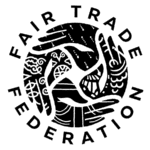
The Fair Trade Federation is the largest membership-based fair trade verifier in the world, covering both handicrafts and food products. You can learn more about them on the Fair Trade Federation website.
World Fair Trade Organization
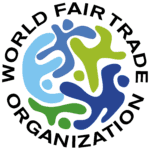
The World Fair Trade Organization is the very same organization that put forth the 10 principles of fair trade (above). They do a lot of governance work in the fair trade movement, and don’t verify as many products as a result.
Fair trade certifiers
Fair trade certification is different from member-based verification because it’s done at the product level. So for example, any company wishing to release a new product with a fair trade symbol on it must first contact the certifier to ensure that the new product meets the standards. Only then may the company put the certifier’s fair trade symbol on the product.
The benefit of certification is that it has stronger oversight and is more tightly controlled. It is illegal for a product to bear a certifier’s mark without prior approval from that certifier. Another benefit is that it is easier for consumers to be sure that a product is fair trade, because usually the certifier’s mark will be right on the package.
The weakness of this system is that the standards are typically strict enough that it excludes the vastly diverse industry of handicrafts. There are few non-food products that bear certifiers’ marks.
The fair trade certifiers in operation in Canada are Fairtrade International, Small Producers’ Symbol, Fair For Life and Fair Trade USA. Rosette Fair Trade does not recognize Fair Trade USA as a high-quality, genuine fair trade certifier, so we won’t talk further about them in this article.
Fairtrade International
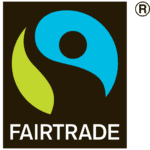
Fairtrade International (along with Small Producers’ Symbol, below) is the gold standard of fair trade certification bodies. Their standards are the most stringent and their mark is the most widely-recognized one in the world. Check out the Fairtrade International website to learn more.
Small Producers’ Symbol
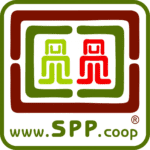
The Small Producers’ Symbol, like Fairtrade International, has very strict ethical standards around labour and environmental protections, with the added perk of only certifying small-scale producers. Sometimes called SPP (after the Spanish name). To learn more, check out the Small Producers’ Symbol website.
Fair For Life
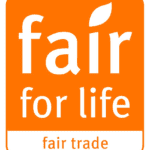
Fair For Life is an offshoot of a label that was originally an organic certifier, so it has strict environmental standards. Perhaps not as strong as other certifiers in terms of labour rights, but worth supporting nonetheless. Learn more on the Fair For Life website.
How can I help?
For starters, you can buy fair trade! If you can’t afford to switch everything, you can definitely still make a difference by focusing on one product at first and expanding from there.
You can also learn more about fair trade! This blog has tons of information about fair trade and other ethical consumer movements!
And you can also contribute your time to organizations that do fair trade outreach! In Ottawa, we have Fair Trade Ottawa Équitable, but there are often advocacy groups in any major city working on ethical consumerism issues.
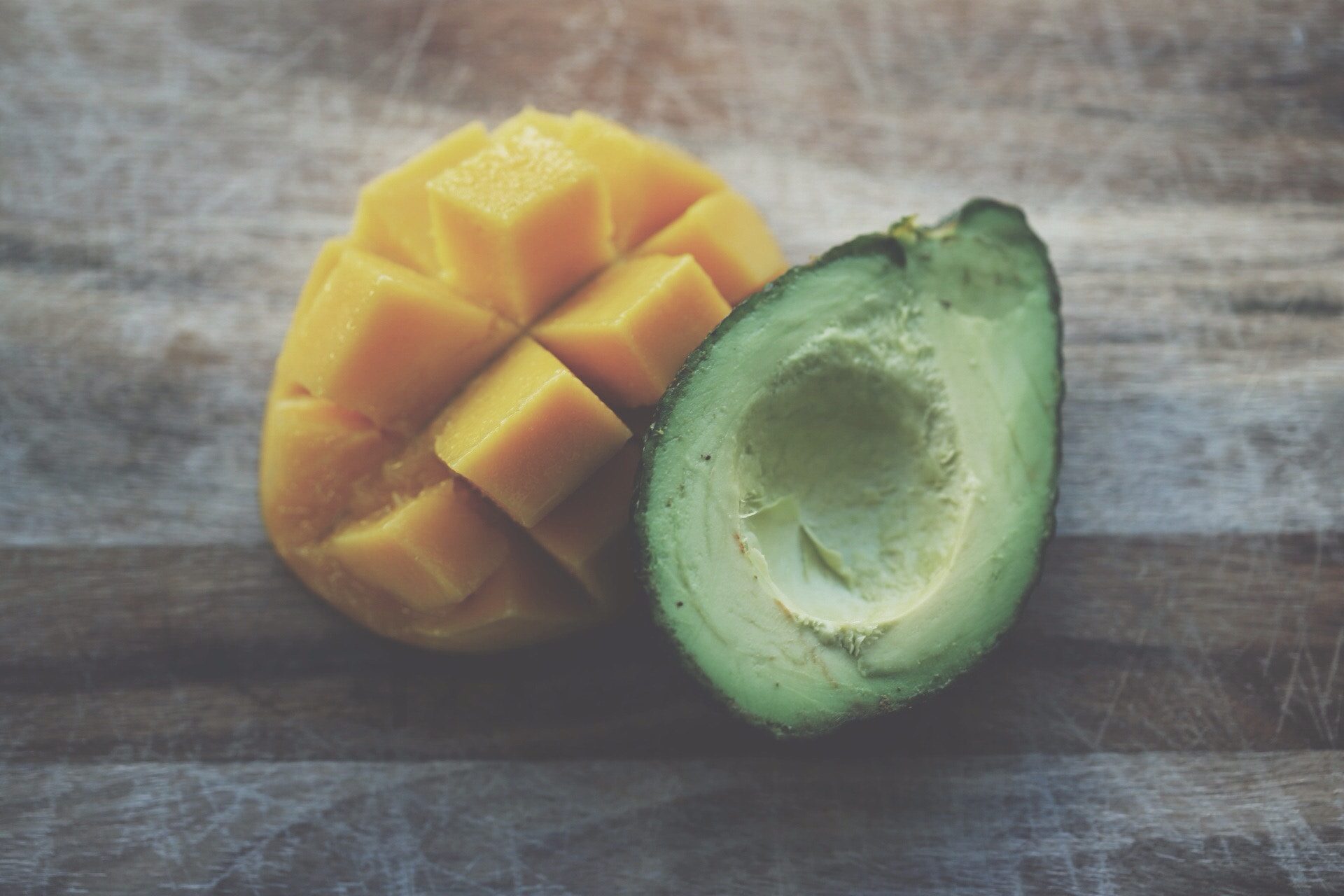
Which fair trade products are available in Canada?
You can buy tons of fair trade products in Canada! There are a few products that are very widely available in most major groceries, while others you need to track down.
Widely-available products in Canada
In order of prevalence, these are the most commonly-available fair trade products in Canada:
- Coffee
- Tea
- Chocolate & cocoa-based products
- Sugar
- Bananas
- Ice cream
Rarer products in Canada
- Rice
- Quinoa
- Olive oil
- Spices
- Cereal
- Dried fruit
- Fresh produce
- Clothing
- Honey
- Beauty products (bar soap, lip balm, etc.)
- Shea butter
- Handicrafts
- Jewellery
- Wine
- Sports balls
Where can I buy fair trade products?
There are a number of options locally to buy fair trade products if you’re lucky. Most major cities have at least some selection. But if you’re not in a major hub, you might have better luck shopping online. We’ll cover all of these options, so never fear! You’ll be able to buy fair trade products in no time.
Buying products locally
So at the top of the fair trade availability list is coffee, which you could practically find in your local convenience store. But as far as we know, there isn’t a major grocery chain in Canada that doesn’t carry at least one brand of fair trade coffee. It’s carried at Loblaws-affiliated chains, including Shoppers Drug Mart, as well as Sobeys, Metro and Farm Boy. And the smaller the shop gets, the more likely they are to carry fair trade, so your closest health food store definitely has fair trade coffee.
There’s a range of availability for the rest of the fair trade products, with fair trade tea being almost as common as coffee. Whether you’re looking for fair trade coffee or fair trade snacks, you might need to look in the natural food or organic aisle of your shop, as sometimes they’re located there.
For produce (bananas, pineapples, etc.), look in the produce section, of course! And for ice cream, Ben & Jerry’s is fair trade! Look for it in your freezer section for an extra sweet treat.
If you’re looking for items on the “rarer” list, try checking out Ten Thousand Villages if you have one in your town. You may also have more luck in smaller health food stores, as they tend to carry more organic and natural food products, and there’s a natural affinity there. For the really rare ones, you may have to buy them online.
Buying products online
There are a couple of options to buy fair trade products online. In Canada, we used to have Ten Thousand Villages for things like handicrafts, housewares, gifts and jewellery. They also had a small pantry, though it was mostly the same stuff you’d find in your grocery’s organic aisle. Now there are just some independent off-shoots left: Village Goods in Edmonton & Villages Port Colborne are the two I know are still open.
If you’re looking for clothing or housewares, Rosette has you covered if you’re in Canada. You can shop our store here!
Lastly, you can buy directly through each brand, but the trouble is that it’s typically more expensive to do it that way, and not very green. If you buy 10 products in total, split between 5 different stores, you’ll probably pay shipping 5 times and the carbon footprint is much larger for that shipping. Whereas if you choose somewhere that has many fair trade brands together, you can bundle it all up and save money on shipping and carbon emissions all at once.
So why does fair trade matter?
It matters because it protects people and the planet! It’s a system that allows consumers to know how their products were made and feel that they are living aligned with their values.
So if you take nothing else away from this post, I hope it’s that your consumer choices make a difference! We have a lot of power to use our dollars to vote for the world we want to see. And since you made it all the way through this article, I’m guessing we’re both playing for people and planet. I’m so happy to have you on the team!
In solidarity,
Lia
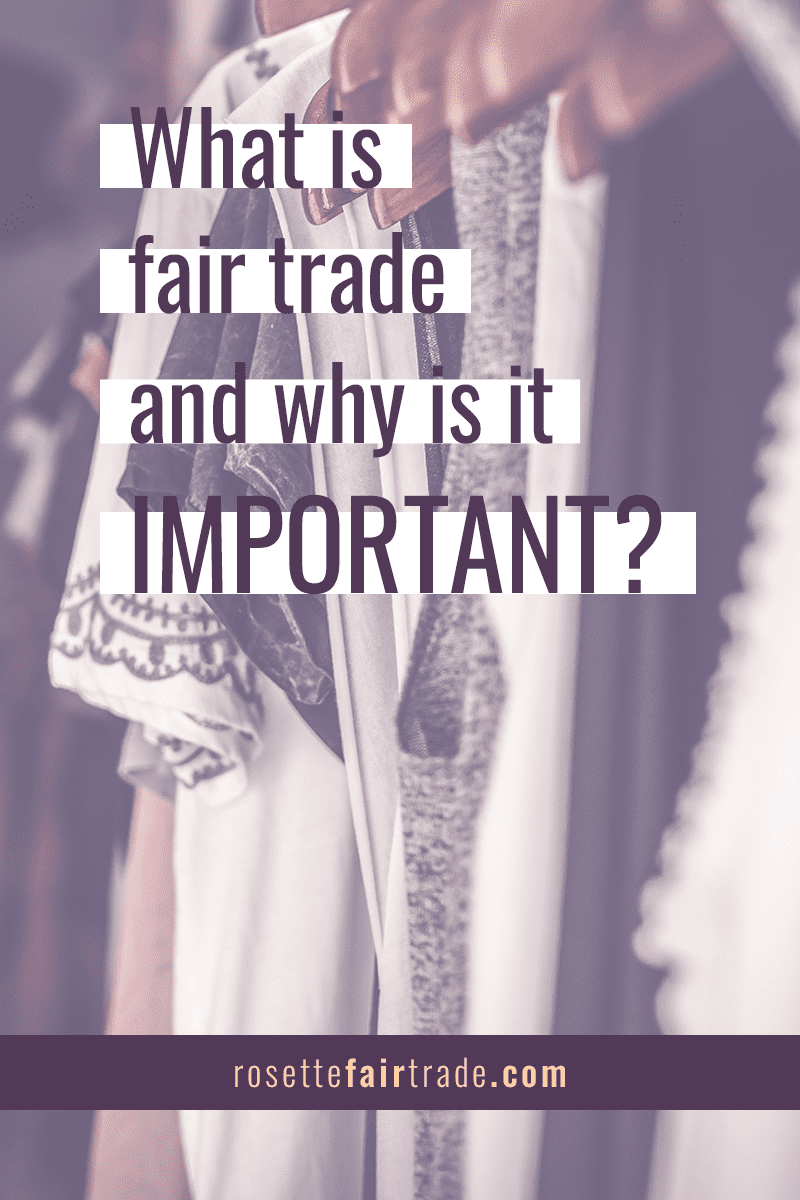
* Well, technically Amazon Canada does, too, but there’s a long list of reasons why Amazon’s business practices in themselves are a problem. You’ll get a taste by Googling terms like “Amazon labour practices” if you’re curious.
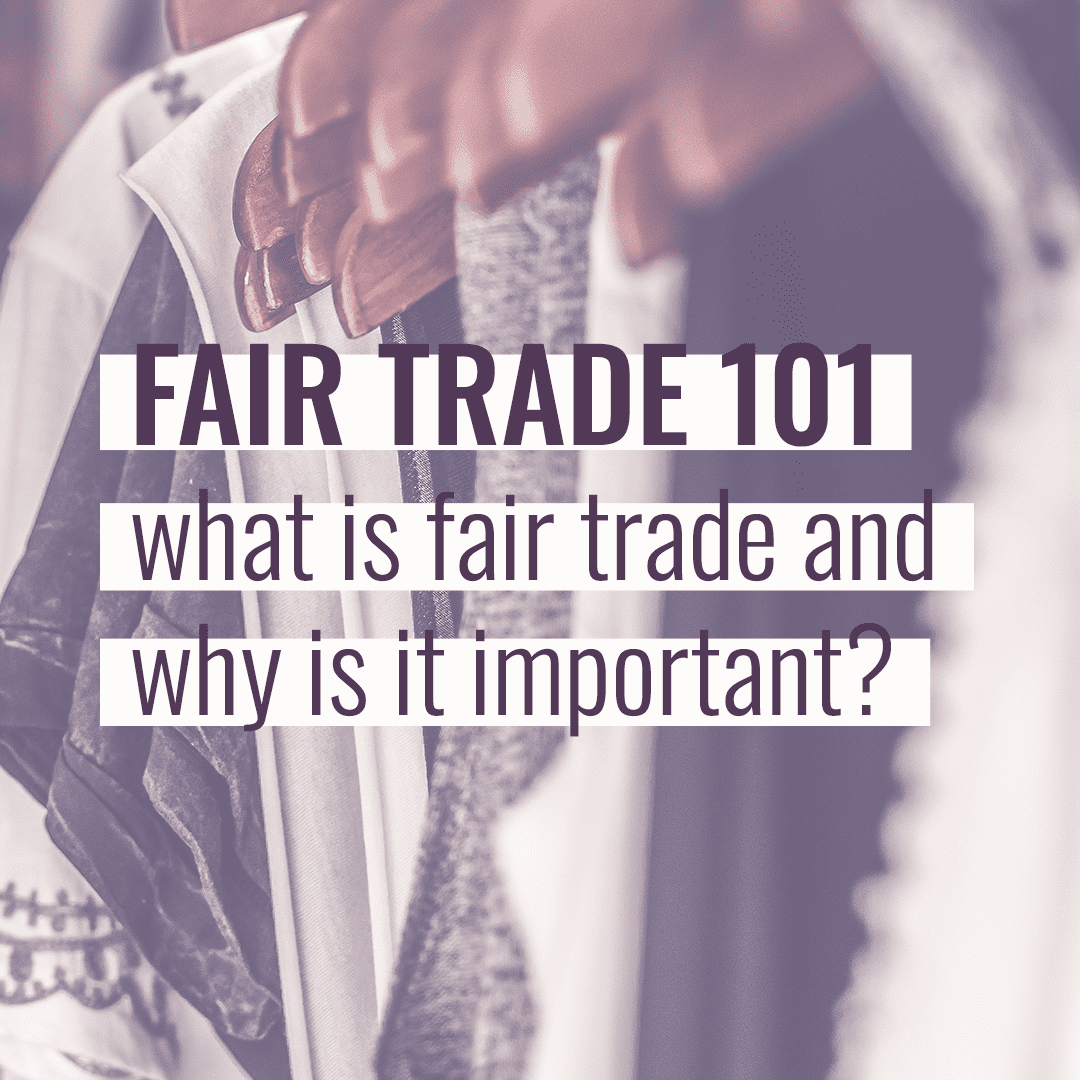

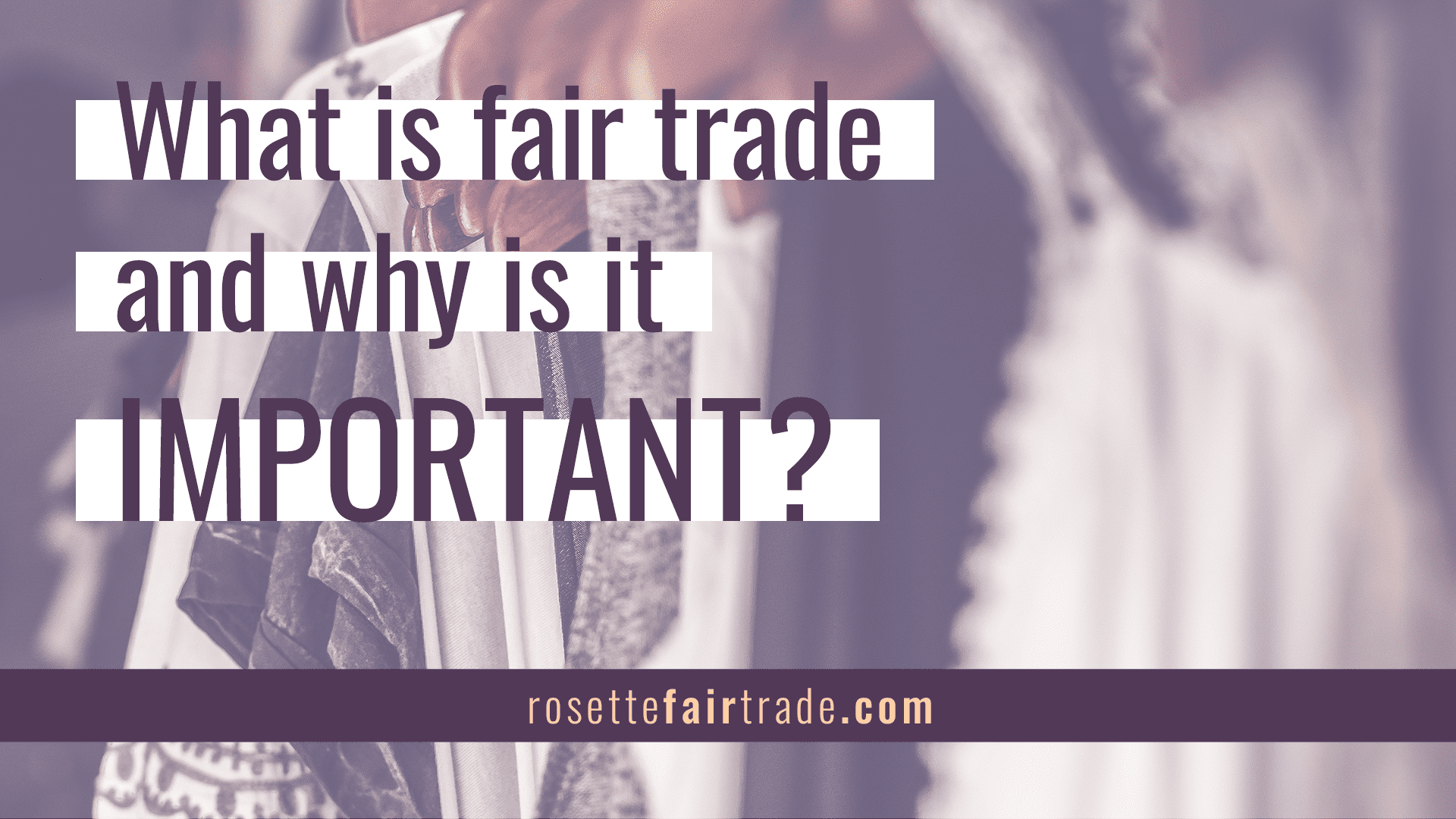
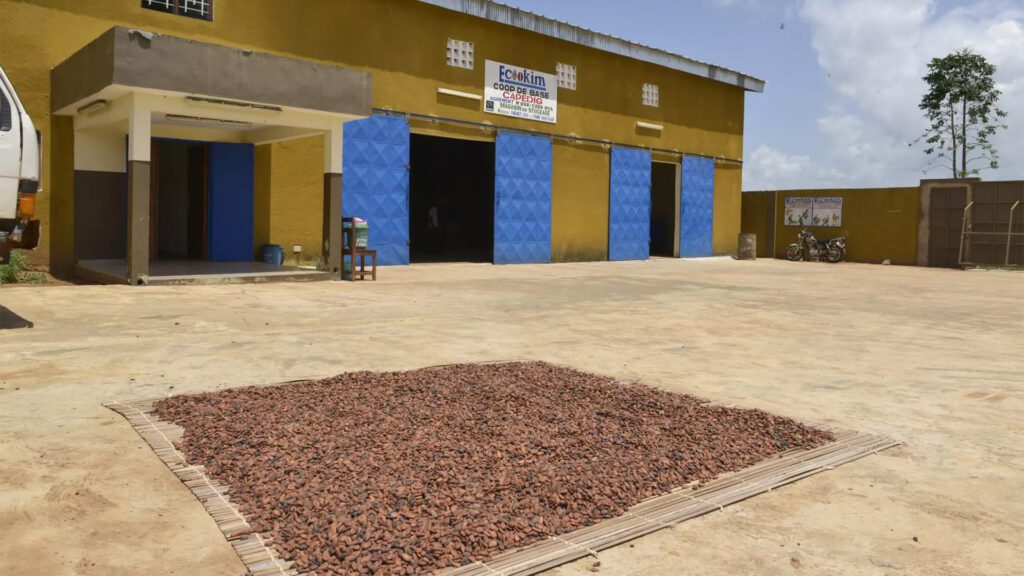

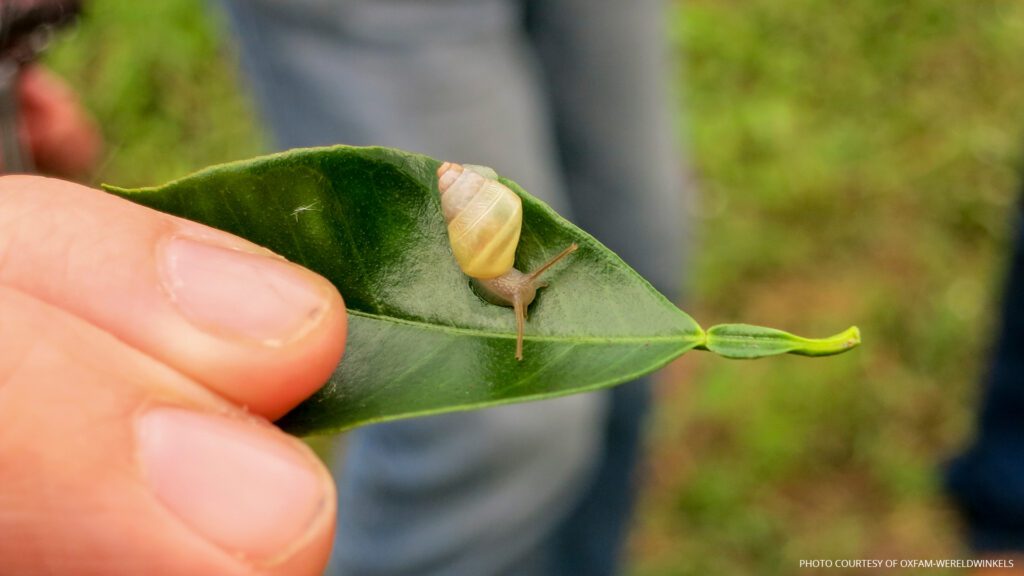

[…] other major problem with this is the safety standards. The Rana Plaza factory collapse in 2013 is a perfect example of why fast fashion is […]
[…] sure you follow the recipe for the dough, and the add-ins can be whatever you want. (Choose fair trade, of course!) For the ones pictured here, I used semi-sweet chocolate chips from Camino and regular […]
[…] chewy, not too sweet, and full of honey and peanut goodness! And you can feel good about supporting fair trade producers that are producing more sustainable […]
[…] What’s more, these totally vegan, chocolate chip-studded pancakes are kid-friendly and quick and easy to make. Kids will love plunking chocolate chips onto the pancakes as they cook! And don’t forget to make your chocolate chips fair, as fair trade products really make a difference! […]
[…] business want me to buy local?” And that’d be totally reasonable. But the thing is: many of the products that are available from fair trade brands are not possible to produce in Canada, or unavailable locally-made for whatever reason. Where local producers are able to make things, […]
[…] So next time you’re making a savoury dish that needs a little extra depth of flavour, try adding a little of this garam masala! It has a warming, wholesome flavour that especially brings out the flavour of rice and legumes! Not to mention that you can feel good about making a difference with fair trade. […]
[…] of course, this is a great opportunity to support ethical consumption (including fair trade […]
[…] deserve to work in a safe environment. In fact, now more than ever, we need to be thinking about our impact on workers and producers. That’s why I’ve got DIYs for you, and not just any DIYs; these are fair trade DIY […]
[…] of sugarcane is grown in the developing world because it’s a hot-climate crop. That means human rights violations and environmental abuses are more likely to happen if there’s no […]
[…] is, it could be ethically acquired or acquired through a land grab. These are just a few reasons why fair trade is so important; it works with existing, smaller producers to tip the power […]
[…] totally sure why fair trade matters or what fair trade is, please do check out my previous post on what fair trade is and why it’s important! It’ll give you all the background you need to understand why I’m so passionate about […]
[…] how unsustainable fast fashion is. (For planet, yes, but especially for people, as shown in the 2013 Rana Plaza incident.) Even in Canada, which isn’t usually able to keep up with Europe in the fair trade area, […]
[…] other major problem with this is the safety standards. The Rana Plaza factory collapse in 2013 is a perfect example of why fast fashion is […]
[…] fair trade and veganism share a concern with ethical consumer decisions and sustainability, there is actually quite a bit of overlap! Finding both fair trade and vegan snacks is easier than […]
[…] someone mentioned it to me and for some reason, it’d never occurred to me to think about where products come from. (Again, not my brightest moment.) I started researching and everything changed for me overnight. […]
[…] the other, either. They both share a respect for the environment, and so once a producer gets their fair trade certification, they may also go for an organic one, or vice versa. But that’s about where the similarities […]